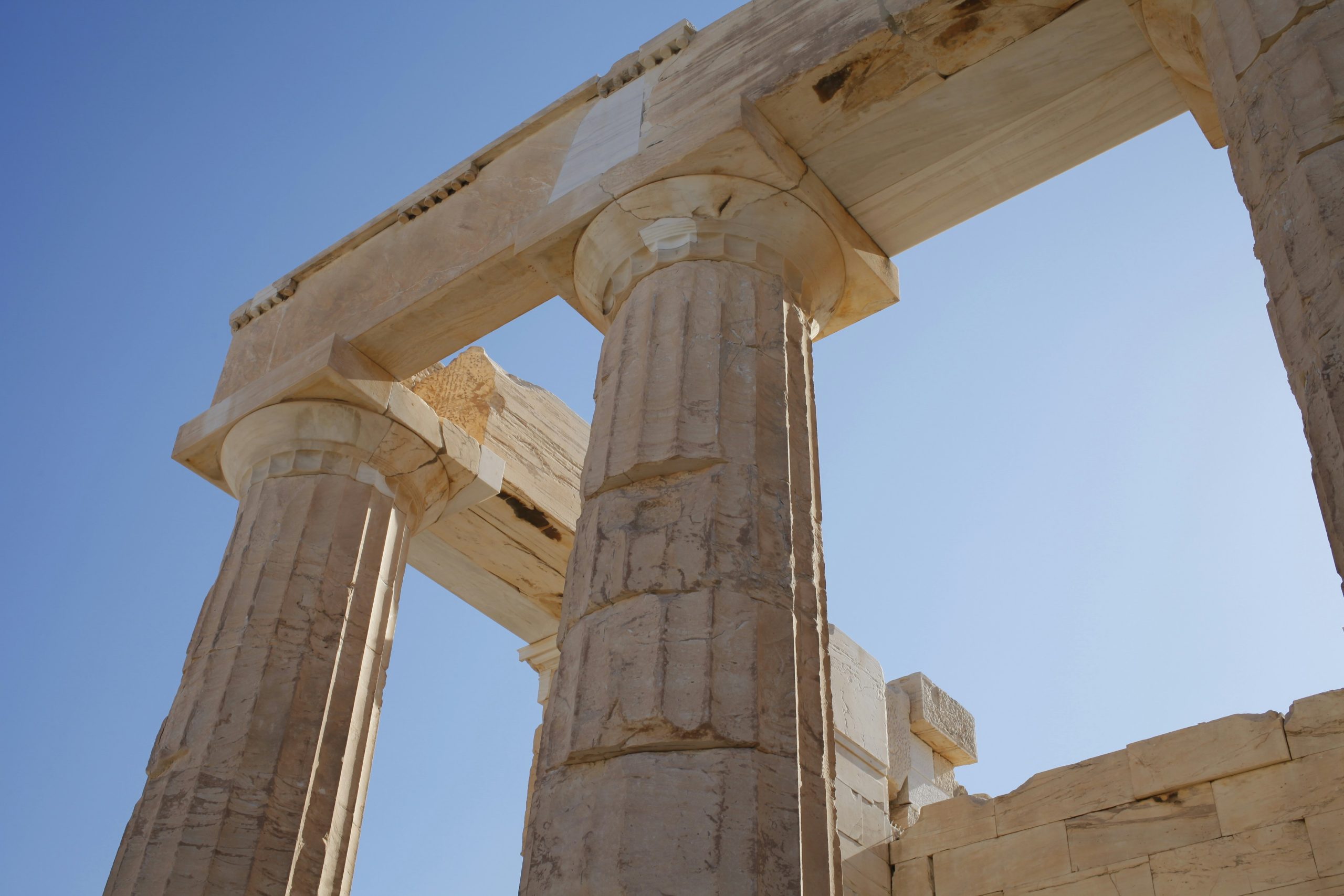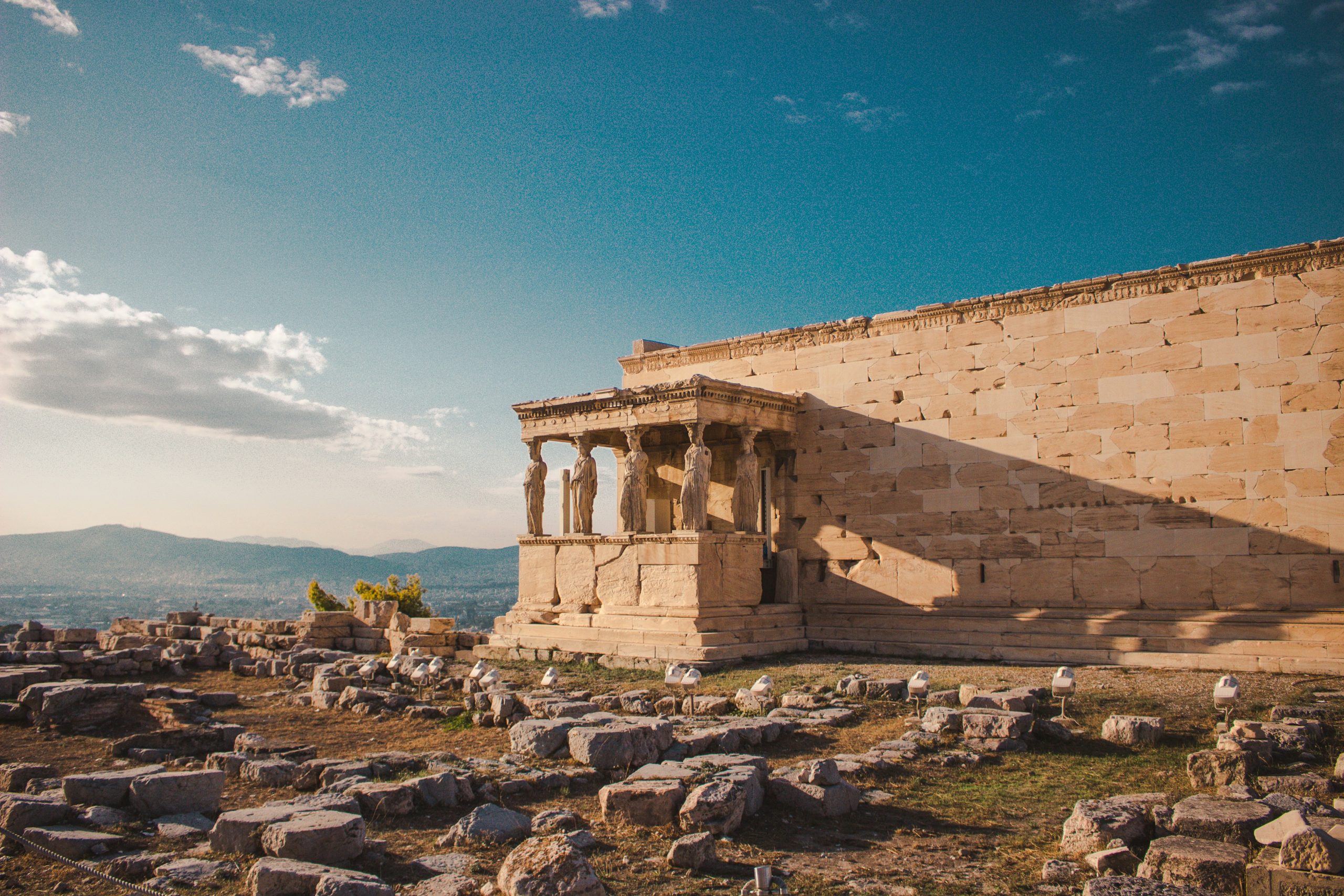Discover the timeless allure of traditional Greek architecture on the islands! Delve into the allure of whitewashed buildings, azure domes, and charming cobblestone streets that define the beauty of this architectural style. Explore the enchanting elements that make these structures truly breathtaking.
The Influence of Geography on Greek Island Architecture

The captivating beauty of Greek island architecture is deeply intertwined with the geographical features of these stunning locations. From the picturesque whitewashed buildings of Santorini to the charming windmills of Mykonos, each island boasts its own unique architectural style that reflects its history, culture, and natural surroundings.
the impact of geography on architectural styles
Greek architecture has been significantly shaped by the geographical characteristics of the islands. The limited availability of building materials, such as stone and timber, has influenced the design of traditional Greek island homes and structures. The use of local materials not only added to the charm of the architecture but also ensured that the buildings were well-suited to withstand the island’s climate.
the role of climate in architectural choices
The Mediterranean climate, with its hot summers and mild winters, has played a vital role in shaping Greek island architecture. The iconic flat roofs, whitewashed walls, and narrow streets found in many island villages are a testament to the need for thermal regulation and protection from the scorching sun. The architecture of the Greek islands is a perfect blend of form and function, with design elements that enhance natural ventilation and provide shade during the hottest hours of the day.
architectural adaptation to the landscape
Greek architects have ingeniously adapted their designs to the rugged terrain of the islands. The hillside villages of Santorini, with their cascading white buildings overlooking the azure Aegean Sea, are a testament to the harmonious coexistence between architecture and natural landscape. Stone walls, terraces, and archways are common features that not only add to the visual appeal of the islands but also serve practical purposes such as erosion control and land conservation.
preservation of traditional architectural techniques
Despite modern developments and tourism on the Greek islands, there is a concerted effort to preserve traditional architectural techniques and styles. Local artisans and craftsmen continue to use age-old methods of construction, such as dry stone masonry and lime plastering, to maintain the authenticity and charm of Greek island architecture. This commitment to heritage not only safeguards the cultural identity of the islands but also contributes to sustainable tourism practices.
In conclusion, the enchanting beauty of Greek island architecture is a true reflection of the islands’ geographical features and cultural heritage. By seamlessly blending design with nature, Greek architects have created a timeless and harmonious architectural style that continues to inspire visitors from around the world.
Materials and Techniques Used in Traditional Greek Architecture

Exploring Greek Architecture: Materials and Techniques
Greek architecture is renowned for its timeless beauty, exquisite craftsmanship, and innovative use of materials and techniques. Let’s delve into the key elements that define the architectural marvels of ancient Greece.
The Beauty of Marble
Marble, a luxurious and versatile material, played a central role in Greek architecture. Quarried from local sources such as the famous quarries of Paros and Penteli, marble was revered for its purity and luminosity. Architects utilized marble to create stunning columns, friezes, and statues that adorned temples and public buildings. The intricate carvings and delicate details showcased the skill of Greek artisans in manipulating this precious material.
Innovative Construction Techniques
Greek architects pushed the boundaries of engineering with their innovative construction techniques. One of the most iconic techniques was the use of post and lintel construction, where horizontal beams (lintels) were supported by vertical columns (posts). This method allowed for the creation of spacious interiors and grandiose temples, such as the Parthenon in Athens.
The Art of Sculpture
Sculpture was an integral part of Greek architecture, with intricate statues and reliefs adorning buildings as decorative elements. Artisans utilized techniques such as high relief and contrapposto to imbue sculptures with a sense of movement and realism. The famous Caryatids of the Erechtheion are a prime example of the fusion of architecture and sculpture in ancient Greece.
Painting Techniques
Color played a significant role in Greek architecture, with architects employing various painting techniques to enhance the beauty of their creations. Vibrant pigments made from natural sources were used to decorate temples and add splendor to the facades. From vivid blues to earthy reds, these colors transformed simple stone structures into works of art.
Greek architecture continues to inspire architects and designers around the world, showcasing the enduring legacy of the ancient Greeks in the realm of construction and aesthetics. By understanding the materials and techniques employed by these master builders, we gain a deeper appreciation for the craftsmanship and artistry that defined Greek architecture.
The Role of Influences from Other Cultures in Greek Island Architecture

The architecture of the Greek Islands is a beautiful blend of influences from various cultures that have left their mark on these picturesque destinations. From the ancient ruins of the Acropolis in Athens to the charming villages scattered across the islands, greek architecture reflects a rich tapestry of history and cultural exchange.
ancient greek architecture: the foundation
Ancient Greek architecture, characterized by its use of classical greek columns and elegant symmetry, laid the foundation for architectural styles that would later influence construction on the Greek Islands. The influence of the Greeks can be seen in the iconic white-washed buildings with blue domes that dot the island landscapes.
byzantine and gothic influences
During the Byzantine era, the architecture of the Greek Islands was influenced by the intricate gothic styles brought by conquerors and traders. The fusion of Byzantine and gothic elements can be observed in the ornate churches and fortresses that still stand today, telling the story of a complex cultural exchange.
renaissance and colonial influences
The renaissance period brought a new wave of influences to Greek Island architecture, challenging traditional design norms and introducing elements of grandeur and opulence. Additionally, colonial powers left their mark on the islands, incorporating architectural styles from their homelands into the local building techniques.
modern influences and architectural identity
In the modern era, architectural identity plays a crucial role in shaping contemporary Greek Island architecture. Globalization has led to a fusion of styles, with influences from china, the Middle East, and North America contributing to the diverse architectural landscape of the islands. Understanding the role of these influences is key to appreciating the unique charm of Greek Island architecture.
In conclusion, Greek Island architecture is a testament to the enduring legacy of cultural exchange and artistic expression. By blending influences from diverse cultures, greek architecture has evolved over the centuries to create a distinctive and timeless aesthetic that continues to captivate visitors from around the world.
